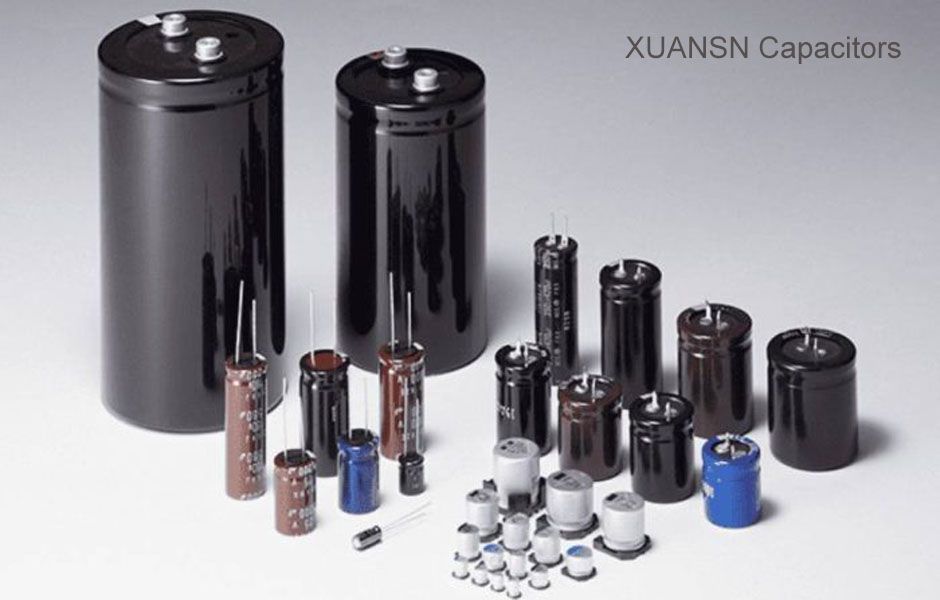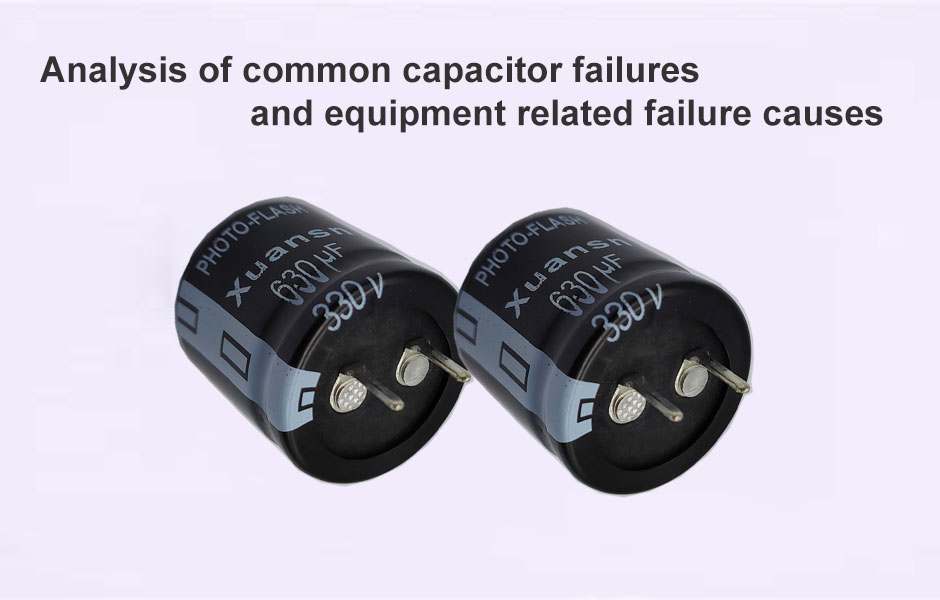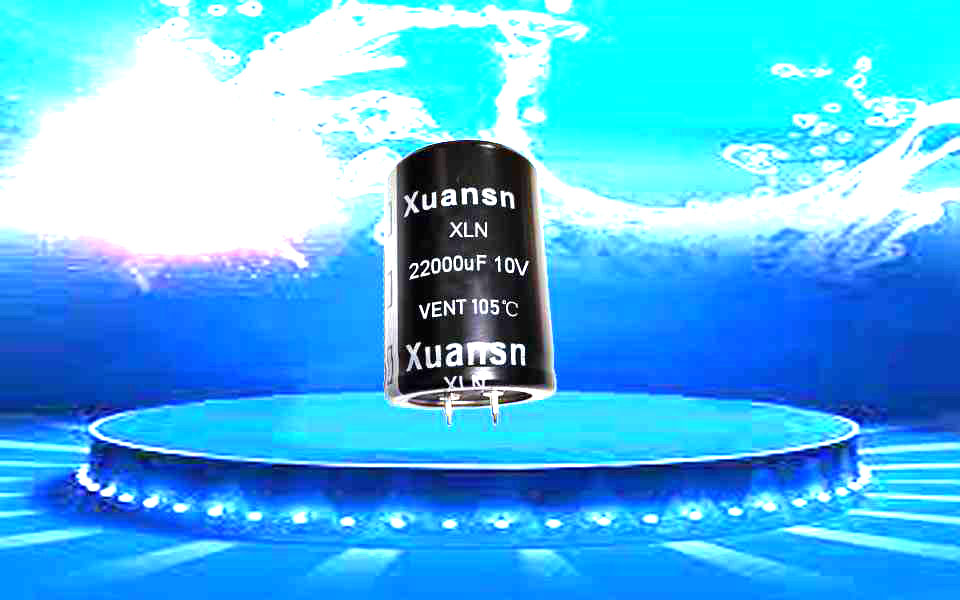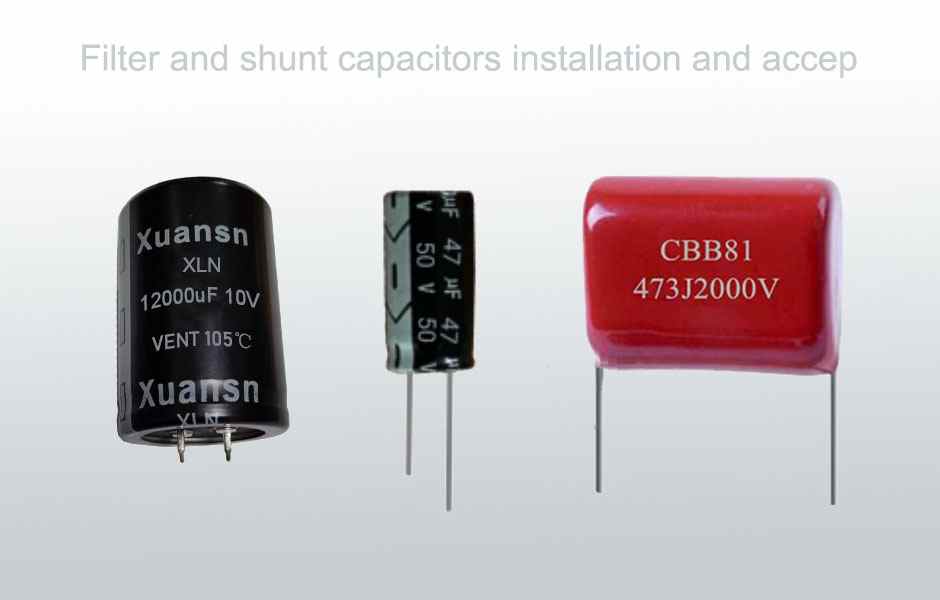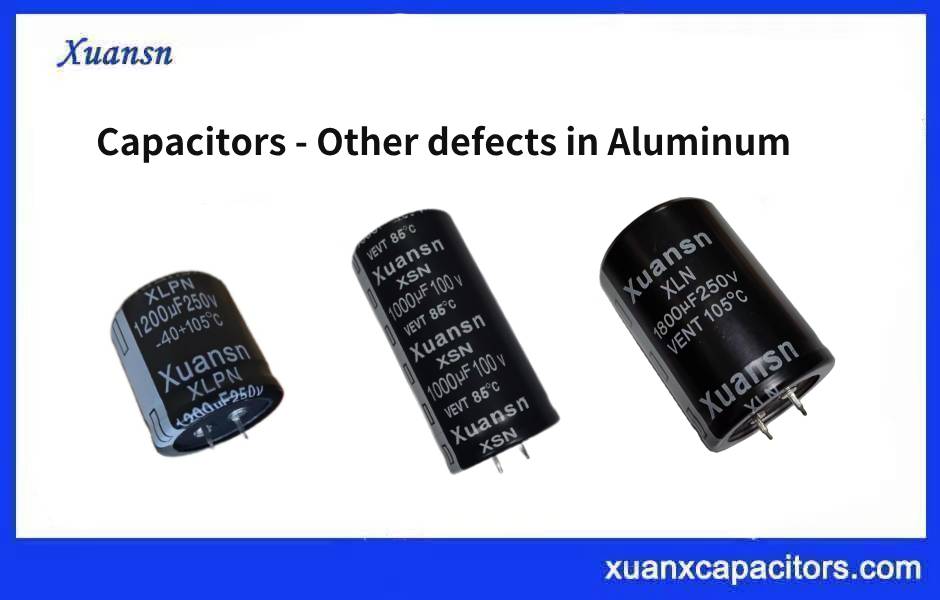A single-phase motor with a slightly larger power is generally equipped with two capacitors, namely the starting capacitors and the running capacitor. Before 70 years, single-phase motors were mostly a capacitor, which is a starting capacitors. After the motor is started, the capacitor is thrown off by the centrifugal switch, and only the main winding works at this time. The secondary winding is left unused.
In order to improve the efficiency of single-phase motors, double-capacitor single-phase motors appeared only after 70 years.
Generally, the startup capacitor is not easy to burn out because its working time is very short. It is just thrown off by the centrifugal switch at the moment of starting, and no current flows through the starting capacitor, so it is not easy to burn out. Not easy to burn does not mean that it will never be burned out.
What causes the starting capacitor to burn out?
(1) Capacitors with low voltage resistance or poor quality, it is best to use capacitors with a voltage resistance of 500V.
(2) The centrifugal shutoff often produces arcs when it is turned off. It is possible that the switch cannot be turned off after the motor is started by burning the switch. There is always current through the capacitor, and it is easy to burn out the secondary winding of the motor and the starting capacitor within a certain period of time.
(3) The selected capacitor capacity is too small, and the starting current exceeds the allowable value of the capacitor.
(4) The motor is bored or the bearing is damaged. It is difficult for the motor to start the centrifugal switch within a certain period of time and it is difficult to reach the disconnected speed, and the starting power is easy to burn out.
